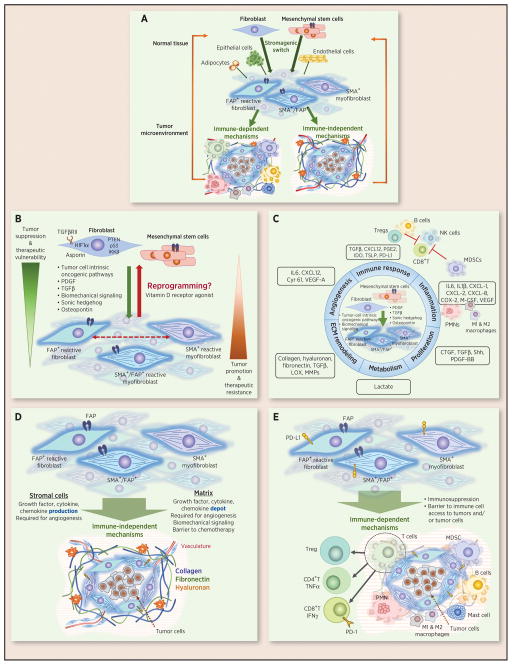FIGURE 1. Evolution of tumor stroma and its immune-dependent and immune-independent control of tumor growth.
(A) Overview. (B) Multiple stromal cell types found in normal tissues, including fibroblasts, mesenchymal stem cells, adipocytes, endothelial cells, and epithelial cells can (trans)differentiate into cancer-associated fibroblasts (CAFs)/stromal cells. This stromagenic switch that transitions a tumor suppressive environment to a tumor promoting environment is driven by multiple factors, including those indicated, and may be reversible based on recent evidence of reprogramming following treatment with the vitamin D receptor agonist calcitriol. Two prominent subclasses are myofibroblasts, characterized by the expression of proteins of the contractile apparatus such as α-SMA, and FAP+ reactive fibroblasts. These two subpopulations are distinct but overlap to varying degrees in different tumor types and can have opposing effects on tumorigenesis, at least in pancreatic cancer. (C) The products regulated in CAFs relative to normal fibroblasts that promote cell proliferation: a shift from oxidative phosphorylation to glycolysis, matrix remodeling, angiogenesis, inflammation, and immune suppression in the tumor microenvironment are shown. The indicated pathways regulate tumor growth through immune-independent (D) and immune-dependent (E) mechanisms.

